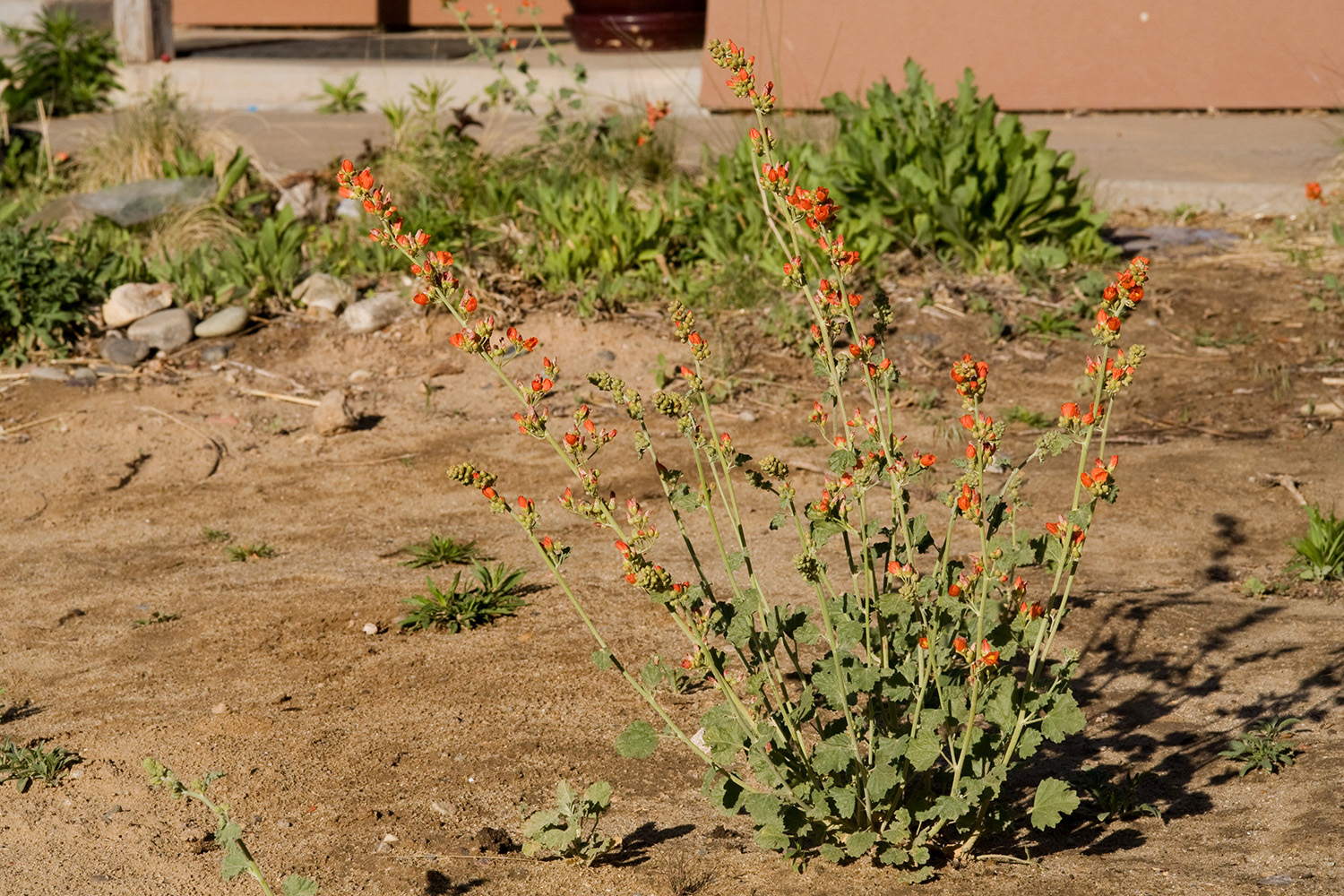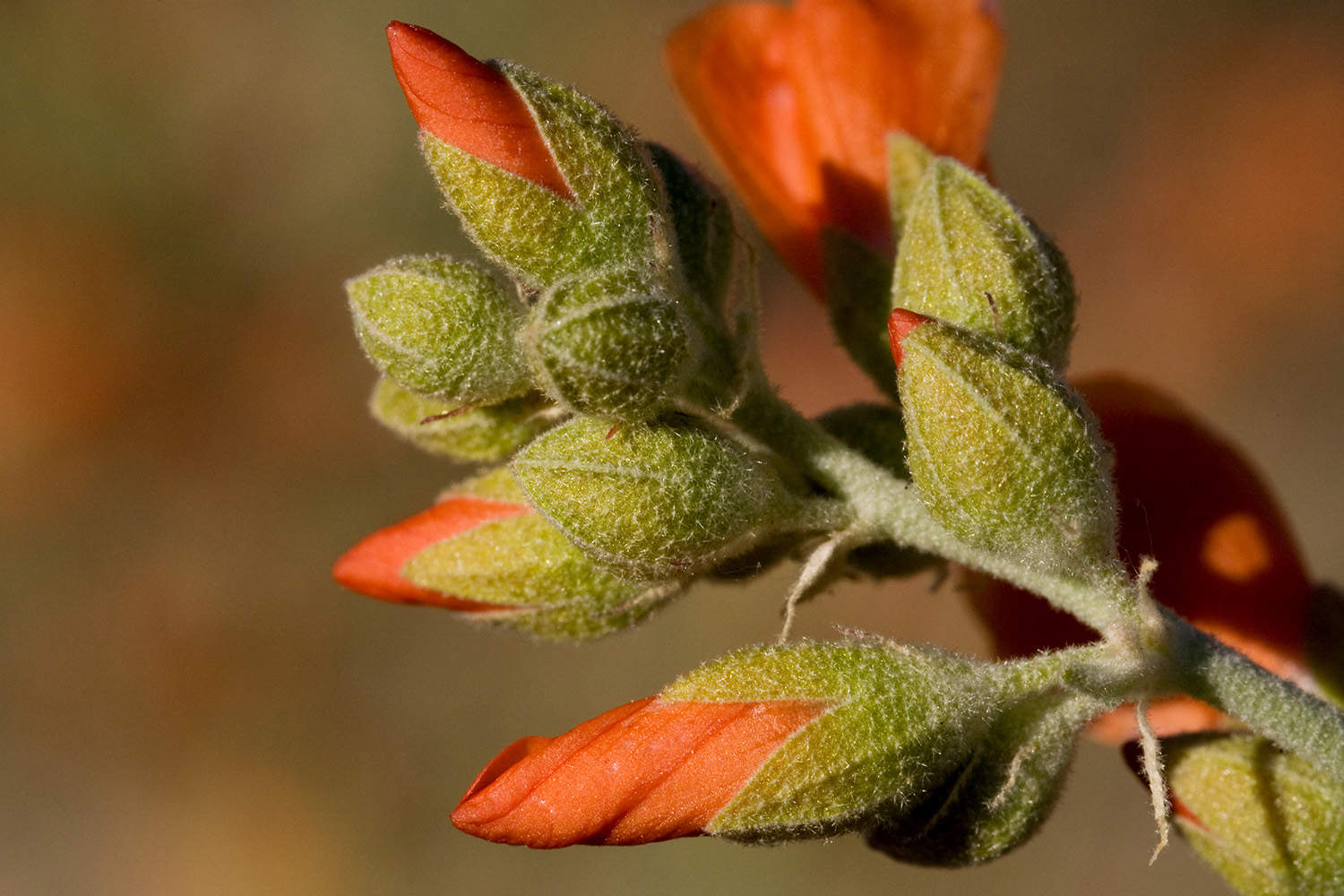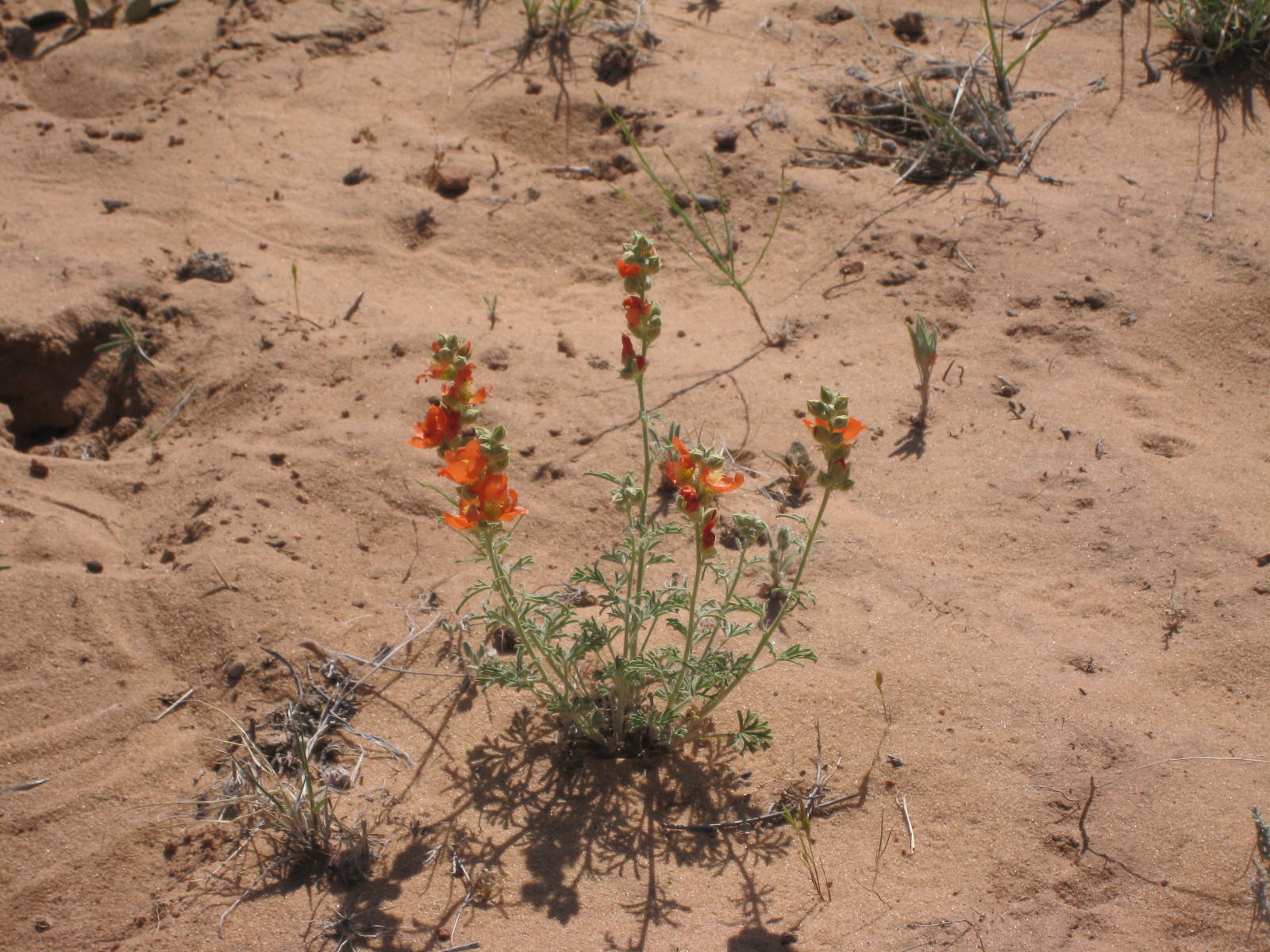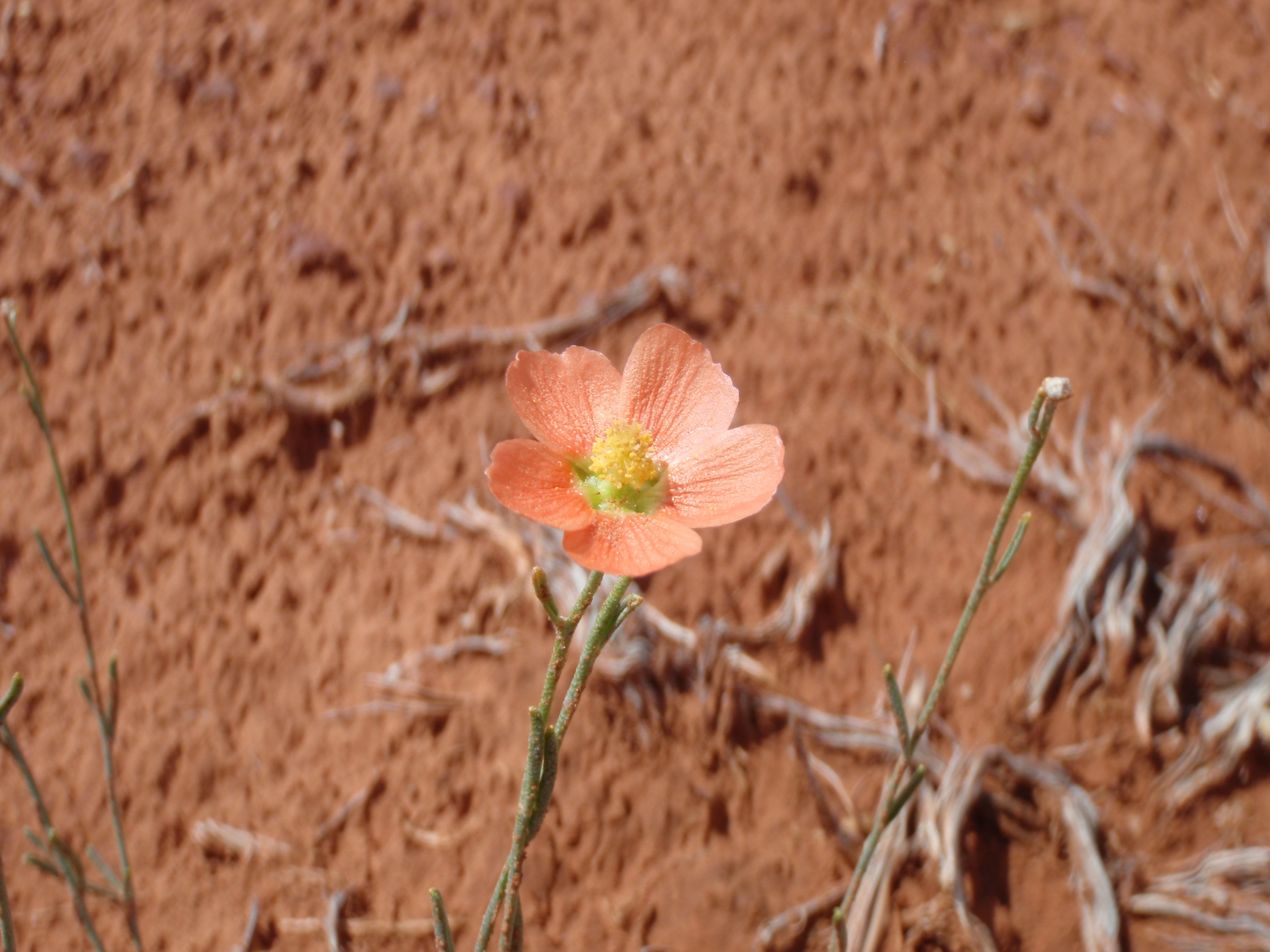Selected Plants of Navajo Rangelands
Globemallow

Globemallow, a perennial, native forb that grows up to 2 1/2 feet tall. It is commonly eaten by almost all species of herbivores and is an important part of the diets of small mammals, pronghorn, sheep, and cattle.
Scarlet globemallow grows mainly in dry grassland prairies at elevations of 3,500 to 9,000 feet. It is considerably drought resistant and establishes well on disturbed sites. It loses its leaves during times of drought and may actually increase in size in times of drought and overgrazing. Traditional uses include applying the paste to burns, scalds, and external sores as a cooling agent.
It flowers April to August, and reproduces from seeds. Petals are deep orange or brick red to pinkish.
*Description courtesy of Utah State University Range Plants of Utah.








©2018 NMSU Board of Regents.
Individual photographers retain all rights to their images.
Partially funded by the
Western Sustainable
Agriculture Research and Education Program
(westernsare.org; 435.797.2257),
project EW15-023.
Programs and projects supported by Western SARE are
equally open to all people.